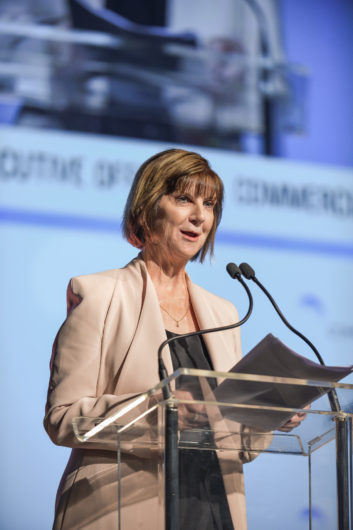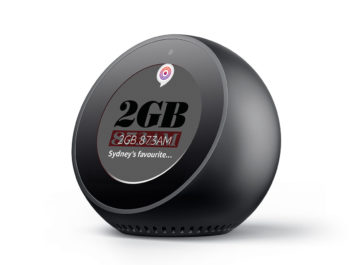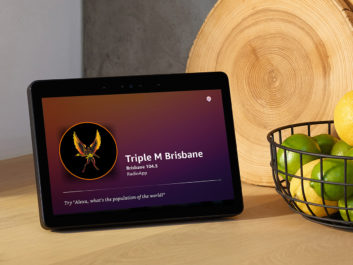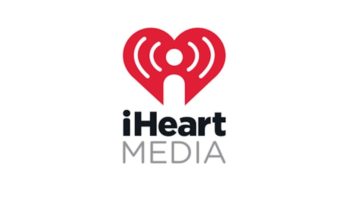Established in 1930 as the Federation of Australian Radio Broadcasters (FARB) and now known as Commercial Radio Australia, the organization represents the country’s commercial (AM, FM and DAB+) radio stations in metropolitan and regional areas.

OMNIPRESENT
CRA in the recent past has been a pioneer of digital radio, supporting its members and deploying a number of marketing initiatives to increase consumer awareness of the new platform. The CRA also works in close cooperation with public service broadcasters and key players from other industries (car manufacturers, car retailers and shopping brands) to widen the availability of digital radio receivers to all listeners.
According to Joan Warner, chief executive officer of Commercial Radio Australia, 95 percent of Australians listen to radio each week and commercial radio is the most popular sector with 81 percent of the listeners.
More than 90 percent of all radio listening is via broadcast — AM/FM/DAB+. Findings from the Infinite Dial Australia 2018 study by Edison Research show that one in five listened to radio using a mobile phone, computer or TV while at home. In addition 13 percent of Australians have listened to a podcast in the last week, with 16 percent of 25 to 54-year olds listening to a podcast weekly.
The organization says it aims to ensure that radio is ubiquitous and available on every platform and device. “We created a new head of digital position with Jaime Chaux coming onboard in January 2018,” Warner said “He is responsible for RadioApp, podcasting strategy and policy, social media and multiplatform innovation.”
RadioApp is an industry-wide app developed, owned and run by the Australian radio industry, designed to allow simple and direct listening to 318 Australian radio stations on smartphones.

“The majority of listening will continue to be via broadcast radio for the foreseeable future, complemented by streaming,” said Warner. Broadcast radio will continue to be popular because it’s convenient, reliable, free to air and doesn’t require an internet connection.”
In her opinion, streaming will gain in popularity as broadcasters continue to improve the streaming experience and mobile data costs fall.
IMPROVEMENTS
CRA also believes smart speakers are an effective, promising way to deliver radio content to listeners, provided those speakers ensure a consistent listening experience and thorough radio station discovery results. Infinite Dial Australia shows the country’s smart speaker ownership at 5 percent compared to that of 18 percent in the United States. It’s still a relatively new technology, but ownership in the U.S. more than doubled from the previous figure of 7 percent in 2017.
Despite these promising figures, “we received feedback from listeners that radio was not working as well as it could be on smart speakers,” explained Warner. “There are a lot of stations [and sometimes the same names are used] across Australia, as radio is a very localized service. ‘Triple M’ in Sydney is a different station from ‘Triple M’ in Melbourne or Cairns.”

As a result, smart speaker accuracy in finding the specific station was low. It also happened that, if you asked for a particular Australian station by frequency, it was very possible for it to begin playing a station from Ireland.
When a broadcast tuner is not properly responding, for example if it’s not presenting the preset stations the way listeners expect, there is a physical control through which listeners can direct the receiver to the expected station. But with a smart speaker, there is no dial knob or “up/down” buttons and everything is voice controlled. If the speaker fails and there is no physical remedy, the listening experience can quickly become frustrating, driving people to think a smart speaker is not suitable for listening to the radio.

“I think listeners have to be able to use multiple devices to access entertainment, wherever they are,” said Warner. CRA therefore embarked on a joint activity with Amazon to enhance the accuracy of Alexa in tuning to Australian radio stations.
The idea is that a user in Australia just needs to say “Alexa, play Nova’ or ‘Alexa, play 103.5” and the station broadcasts. No need to invoke a skill or ask Alexa in a tricky way, so listening to the preferred radio through the Amazon smart speaker system has to be as simple as the user expected.
AMAZON
Unfortunately, in Australia achieving this simplicity was not so trivial. Australia is a unique blend of people from different cultures, languages, and accents so it’s pretty common having many different ways to invoke the same station, even among people living in the same town location of the listener is then not enough.
“The fact was that we had a low level of accuracy in accessing Australian radio and this was frustrating to listeners. We discovered that there are 3,465 ways of asking for 318 stations, by name or by frequency,” Warner explained, so the task was a major challenge.

CRA worked in close cooperation with Amazon Australia, who proved to be both highly motivated and very effective, and with leading app developer All in Media (AIM), who developed the industry’s RadioApp.
The project involved massive testing activity to assess that the radio listening experience on Alexa-enabled devices would work as simply and intuitively as consumers expect.
When CRA started their “Alexa skill” project, accuracy for Australian radio was at just 23 percent but after a complex testing process it is now close to 100 percent, says Warner.
The commercial radio industry then developed a marketing campaign to promote radio’s easy availability on Amazon Alexa. Three radio ads aired nationally on commercial radio stations promoting the message of how easy it is to ask Alexa to play one’s favorite radio station.
In addition, individual broadcasters and stations have implemented additional Alexa skills. For instance, Southern Cross Austereo has enabled Hit Network and Triple M flash briefings for news, sports and entertainment updates. DAB+ station Kinderling Kids Radio offers bedtime stories and quizzes.
“CRA was the first industry body anywhere in the world to work directly with Amazon in integrating radio stations, including commercial and public broadcasters,” specifies Warner. “This provided one point of contact for the entire industry, and proved to be a successful approach with IT giants like Amazon.”







